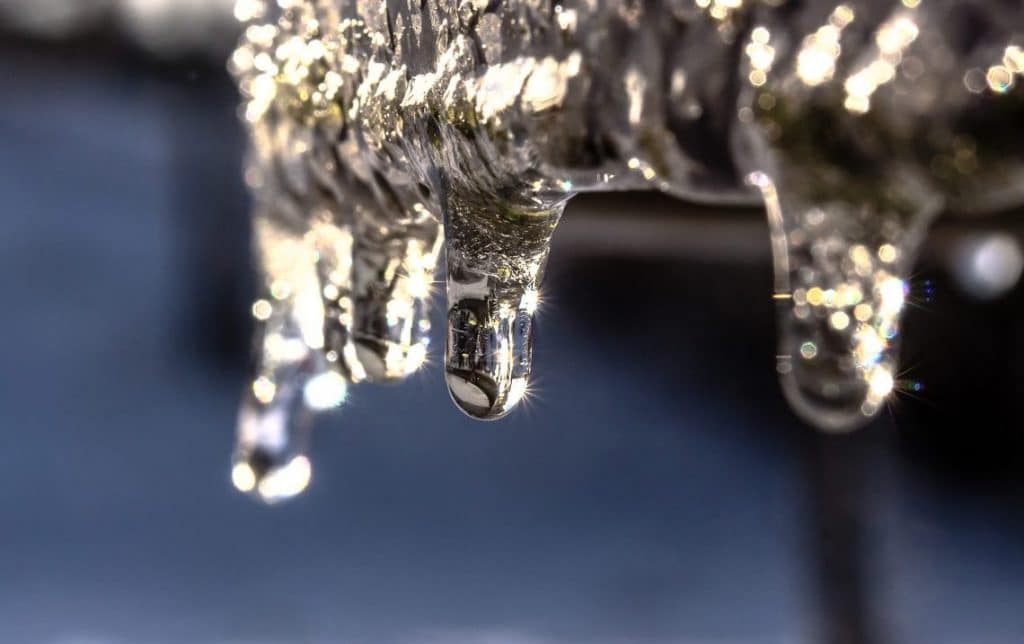How to Protect Plumbing System from Cold Weather: Essential Strategies
How to Protect Plumbing System from Cold Weather: Essential Strategies
Blog Article
Do you find yourself in search of guidance about How to prepare your home plumbing for winter weather?

Cold weather can wreak havoc on your plumbing, specifically by freezing pipelines. Here's just how to avoid it from happening and what to do if it does.
Intro
As temperature levels decrease, the danger of icy pipelines rises, potentially bring about costly repairs and water damages. Comprehending exactly how to stop frozen pipes is essential for house owners in chilly climates.
Prevention Tips
Protecting vulnerable pipes
Cover pipelines in insulation sleeves or use warm tape to protect them from freezing temperatures. Concentrate on pipelines in unheated or exterior areas of the home.
Home heating techniques
Maintain interior areas sufficiently heated up, specifically areas with plumbing. Open closet doors to permit cozy air to flow around pipelines under sinks.
How to identify icy pipes
Search for lowered water flow from taps, uncommon odors or noises from pipes, and noticeable frost on exposed pipes.
Long-Term Solutions
Structural changes
Think about rerouting pipes away from outside walls or unheated locations. Add additional insulation to attics, basements, and crawl spaces.
Upgrading insulation
Invest in premium insulation for pipelines, attic rooms, and walls. Appropriate insulation aids preserve regular temperatures and lowers the threat of icy pipes.
Protecting Exterior Plumbing
Yard hoses and outdoor taps
Detach and drain yard pipes prior to wintertime. Mount frost-proof faucets or cover exterior faucets with insulated caps.
Recognizing Icy Pipelines
What causes pipelines to ice up?
Pipes ice up when revealed to temperature levels below 32 ° F (0 ° C) for prolonged periods. As water inside the pipes ices up, it increases, putting pressure on the pipeline wall surfaces and possibly causing them to burst.
Risks and problems
Frozen pipelines can cause water supply disruptions, home damages, and expensive fixings. Burst pipelines can flooding homes and cause extensive structural damages.
Signs of Frozen Pipes
Determining frozen pipes early can prevent them from breaking.
What to Do If Your Pipes Freeze
Immediate actions to take
If you presume frozen pipes, maintain faucets available to relieve pressure as the ice melts. Make use of a hairdryer or towels taken in warm water to thaw pipes slowly.
Final thought
Stopping icy pipes requires positive steps and quick feedbacks. By understanding the reasons, indicators, and safety nets, homeowners can secure their pipes during cold weather.
5 Ways to Prevent Frozen Pipes
Drain Outdoor Faucets and Disconnect Hoses
First, close the shut-off valve that controls the flow of water in the pipe to your outdoor faucet. Then, head outside to disconnect and drain your hose and open the outdoor faucet to allow the water to completely drain out of the line. Turn off the faucet when done. Finally, head back to the shut-off valve and drain the remaining water inside the pipe into a bucket or container. Additionally, if you have a home irrigation system, you should consider hiring an expert to clear the system of water each year.
Insulate Pipes
One of the best and most cost-effective methods for preventing frozen water pipes is to wrap your pipes with insulation. This is especially important for areas in your home that aren’t exposed to heat, such as an attic. We suggest using foam sleeves, which can typically be found at your local hardware store.
Keep Heat Running at 65
Your pipes are located inside your walls, and the temperature there is much colder than the rest of the house. To prevent your pipes from freezing, The Insurance Information Institute suggests that you keep your home heated to at least 65 degrees, even when traveling. You may want to invest in smart devices that can keep an eye on the temperature in your home while you’re away.
Leave Water Dripping
Moving water — even a small trickle — can prevent ice from forming inside your pipes. When freezing temps are imminent, start a drip of water from all faucets that serve exposed pipes. Leaving a few faucets running will also help relieve pressure inside the pipes and help prevent a rupture if the water inside freezes.
Open Cupboard Doors
Warm your kitchen and bathroom pipes by opening cupboards and vanities. You should also leave your interior doors ajar to help warm air circulate evenly throughout your home.

Hopefully you enjoyed reading our section on Prevent Frozen Pipes . Thank you for taking the time to read through our piece. Sharing is nice. You never know, you will be helping someone out. Thanks so much for your time spent reading it.
Call Today Report this page